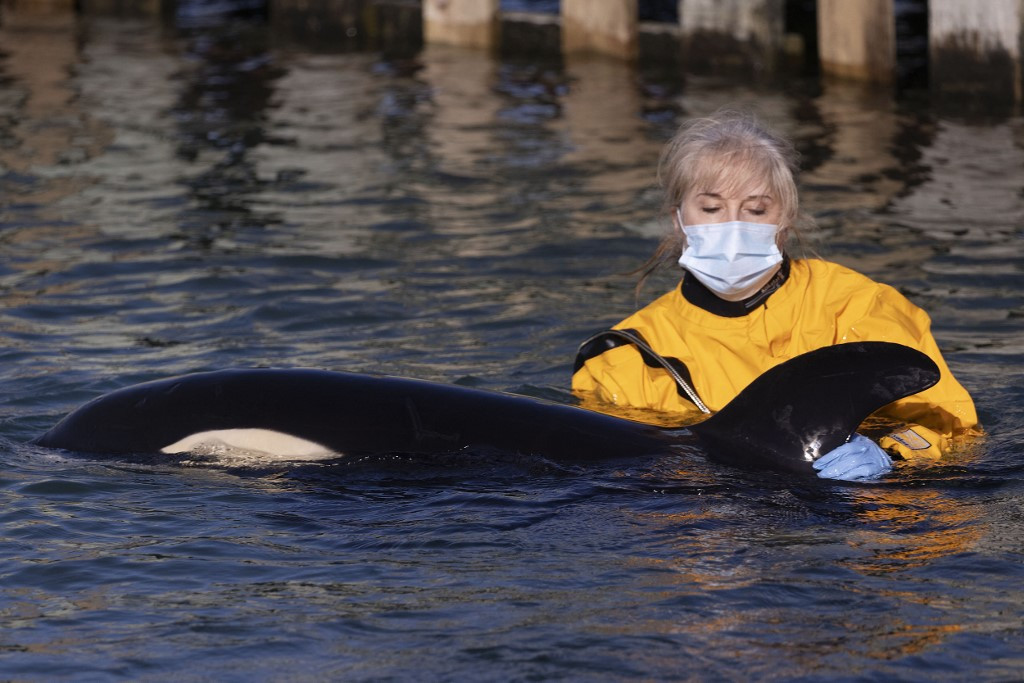Milford Sound received 810,000 visitors in the year through March – and over 4,500 on its busiest days. Photo / Mike Scott
Half of all international tourists who have come to New Zealand in the past year have visited one of our national parks – and in some places their numbers have increased by a third.
The Conservation Department welcomed the influx, while noting the growing challenges that increasing tourist numbers pose for New Zealand’s globally revered backyard.
New figures showed that 1.75 million international tourists, or 52% of all visitors here, visited a national park in the year ending March, a 5% increase.
At Franz Josef Glacier, period numbers increased 9% to 750,000, with the glacier valley receiving around 6,000 visitors per day during peak season and sometimes a 30-minute wait for parking lots.
Milford Sound has continued its trend of growing at around 9% per year over the past five years, with over 4,500 visitors on the busiest days and 810,000 visitors in the 12-month period.
Roys Peak, near Wanaka, saw a 27% increase, with more than 75,000 visitors, resulting in queues for photos at the now famous rock overlooking Lake Wanaka.
Hooker Track visitors have increased by 35% and the number of visitors to Aoraki / Mount Cook National Park is estimated to be around 945,000 in the year ending March 2018, a growth of 17.5% compared to 2016/17.
The high number of international tourists comes on top of an estimated 3.9 million New Zealanders who also visit publicly protected lands and waters at least once a year.
“The DoC welcomes an increasing number of people visiting New Zealand’s great outdoors provided we can protect the special nature they come to discover,” said DoC chief executive Lou Sanson.
The number of international visitors is expected to increase by another million over the next six years, he said.
“With this growth in the number of domestic and foreign visitors comes challenges of capacity, protection of natural and cultural values and quality of experience at some high-traffic sites,” Sanson said.
“DoC is committed to ensuring that our natural and historic heritage is not endangered by increasing use.”
Compared to previous years, DoC has scheduled over 50,000 additional hours of work during the summer season.
Tourism remains New Zealand’s main source of exports, now attracting $ 36 billion in spending annually, of which $ 14.5 billion comes from international visitors.
But Forest and Bird chief executive Kevin Hague argued that the growth has outstripped New Zealand’s ability to protect the special nature of those places that attract tourists the most.
“Almost all of the sites popular with tourists have degraded in one way or another – even if that degradation adds a parking lot or a wider track.”
Hague wanted to see the tourism industry evolve to the point where fewer tourists visited our wilderness, but stayed longer and spent more.
“With the exception of some isolated pockets, we haven’t been able to do that. “
He also backed an international visitor tax that would put money back into New Zealand’s biodiversity.
Although the proposal has not yet been submitted to Cabinet members, Conservation Minister Eugenie Sage said last week that an announcement on the matter was expected shortly.
Conservation allocations in last week’s budget included $ 5.5 million to improve tourism management, which Sage said involved “being more strategic” around tourism, and “how [tourists] can be better moved, rather than setting up ever-expanding parking lots and the like “.
The DoC itself received a boost of $ 181.6 million over the next four years, which also included an additional $ 81.3 million in operating funds for predator control and $ 16.2 million. to strengthen its basic capacities and capacities.

/cloudfront-ap-southeast-2.images.arcpublishing.com/nzme/3NDW6TBKTEDCKY5QKIFYFS6EK4.jpg)


